Table of content
- Why Steaming Reigns Supreme
- Size and Thickness
- Freshness and Preparation
- Steaming Equipment
- Altitude and Heat Source
- Desired Texture
- Preparation Rituals
- Steaming Technique
- Doneness Tests
- Overcooking
- Undercooking
- Inconsistent Heat
- Overcrowding the Steamer
- Sauces and Glazes
- Pairing Suggestions
- Advanced Techniques
- Handling Live Abalone
- Storing Leftovers
- Cross-Contamination Prevention
Introduction
Abalone, a prized marine delicacy revered for its tender texture and briny sweetness, has graced tables across cultures for centuries. Whether served in high-end restaurants or home kitchens, achieving the ideal balance of tenderness and flavor hinges on one critical factor: steaming time. Overcooking transforms this luxury ingredient into a rubbery disappointment, while undercooking leaves it raw and unsafe. This article delves into the science and craft of steaming abalone, exploring variables like size, freshness, and equipment to answer the quintessential question: How long should abalone be steamed to perfection?
I. Understanding Abalone: A Culinary Treasure
Abalone, a type of marine snail, clings to rocky coastlines worldwide. Its meat, a muscular foot used for gripping surfaces, is prized for its unique combination of chewiness and succulence. Common species include red abalone, green abalone, and blacklip abalone, each varying slightly in size and flavor intensity. Fresh abalone is often sold live, while frozen or canned options cater to global markets.
Why Steaming Reigns Supreme
Steaming is a gentle cooking method that preserves abalone’s delicate flavor and nutrients. Unlike boiling, which risks leaching taste into water, or grilling, which can dry out the meat, steaming creates a moist environment that evenly cooks the flesh. The process also allows for flavor infusion through aromatic additions like ginger, garlic, or sake.
II. The Steaming Time Conundrum: Variables That Matter
Determining the optimal steaming duration requires balancing five key factors:
Size and Thickness
- Small Abalone (3–4 inches): Typically steamed for 5–7 minutes. These younger specimens cook quickly due to their thinness.
- Medium Abalone (5–6 inches): Require 8–10 minutes. Their moderate thickness demands slightly longer exposure to heat.
- Large Abalone (7+ inches): Need 12–15 minutes. Thicker flesh resists heat penetration, necessitating extended cooking.
Pro Tip: Use a ruler to measure the longest shell diameter before cooking.
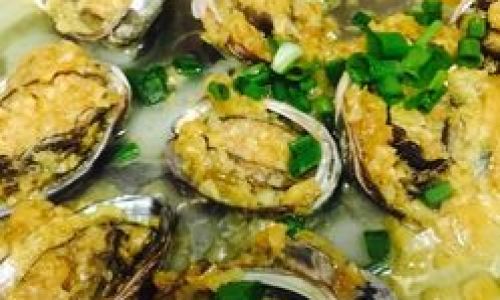
Freshness and Preparation
- Live Abalone: Must be shucked and cleaned thoroughly. Remove the visceral mass (innards) and scrub the meat to eliminate grit.
- Frozen Abalone: Thaw completely in the refrigerator (never at room temperature) and pat dry. Add 1–2 minutes to steaming time.
- Pre-Sliced Abalone: Thinner cuts reduce cooking time by 2–3 minutes.
Steaming Equipment
- Bamboo Steamers: Retain moisture well but may require 1–2 extra minutes due to slower heat conduction.
- Metal Steamers: Transfer heat efficiently, shortening cooking times.
- Electric Steamers: Offer precise temperature control, ideal for consistent results.
Altitude and Heat Source
At high altitudes, water boils at lower temperatures, slowing cooking. Increase steaming time by 10–15% above 3,000 feet. Gas stoves provide more intense heat than electric coils, affecting cooking rates.
Desired Texture
- Tender-Firm: Steak-like texture with a slight bounce. Cook for the lower end of the time range.
- Buttery-Soft: Melt-in-the-mouth consistency. Extend steaming by 2–3 minutes.
III. Step-by-Step Steaming Guide
Preparation Rituals
- Cleaning: Scrub the abalone shell with a stiff brush to remove algae. Pry the meat from the shell using a blunt knife, retaining the shell for presentation if desired.
- Tenderizing (Optional): Lightly pound the meat with a meat mallet or score the surface in a crosshatch pattern to enhance tenderness.
- Marinating: A 15–30 minute soak in a mixture of soy sauce, mirin, and ginger amplifies flavor without extending cooking time.
Steaming Technique
- Setup: Fill a wok or pot with 2–3 inches of water. Bring to a rolling boil.
- Aromatics: Place ginger slices, scallions, or citrus peels in the steamer basket to impart fragrance.
- Placement: Arrange abalone in a single layer, ensuring even heat distribution.
- Timing: Start the timer once steam escapes vigorously. Adjust heat to maintain a steady stream.
Doneness Tests
- Visual Cues: Cooked abalone turns opaque white, with the edges curling slightly.
- Texture Check: Insert a paring knife into the thickest part; it should meet minimal resistance.
- Temperature: Use an instant-read thermometer; the internal temperature should reach 140°F (60°C).
IV. Common Pitfalls and How to Avoid Them
Overcooking
- Symptoms: Rubbery texture, shrunken appearance.
- Solution: Monitor closely and remove from heat at the first sign of opacity. Serve immediately to prevent residual cooking.
Undercooking
- Symptoms: Translucent flesh, raw taste.
- Solution: Slice a thin section from the edge; it should be uniformly white.
Inconsistent Heat
- Symptoms: Unevenly cooked edges.
- Solution: Use a lid with a tight seal and avoid lifting it during steaming.
Overcrowding the Steamer
- Symptoms: Uneven cooking, prolonged steaming time.
- Solution: Cook in batches if necessary.
V. Enhancing Flavor Post-Steaming
Sauces and Glazes
- Classic: Drizzle with hot sesame oil and soy sauce.
- Spicy: Top with a chili-garlic sauce and fresh cilantro.
- Herbaceous: Finish with a squeeze of lime and chopped mint.
Pairing Suggestions
- Starch: Serve over sticky rice or udon noodles.
- Vegetables: Pair with steamed bok choy or sautéed mushrooms.
- Beverage: Complement with a crisp Sauvignon Blanc or jasmine tea.
Advanced Techniques
- Two-Step Steaming: Steam briefly, then sear in a hot pan for caramelization.
- Ceviche Finish: After steaming, marinate in citrus juice for a tangy twist.
VI. Safety and Storage
Handling Live Abalone
- Wear gloves to protect hands from sharp shells.
- Use a blunt knife to sever the adductor muscle attaching the meat to the shell.
Storing Leftovers
- Refrigerate cooked abalone in an airtight container for up to 3 days.
- Freeze for up to 2 months; reheat gently in a steamer.
Cross-Contamination Prevention
- Use separate utensils and cutting boards for raw and cooked abalone.
VII. Cultural and Historical Context
Abalone has long been a symbol of luxury in Asian, Māori, and Mediterranean cuisines. In China, it is served during Lunar New Year celebrations as a nod to prosperity. Indigenous communities along the Pacific Coast have harvested abalone for millennia, incorporating it into feasts and rituals. Modern chefs now experiment with fusion preparations, from abalone tacos to sushi rolls.
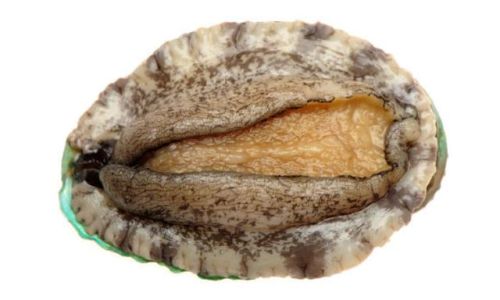
VIII. Conclusion: The Alchemy of Time
Steaming abalone is a dance of precision and intuition. While guidelines provide a roadmap, the true mastery lies in adapting to each ingredient’s nuances. Experiment with times, textures, and flavors to unlock the full potential of this oceanic gem. Whether you prefer a tender bite or a velvety melt, the key is to respect the clock—and the creature—ensuring every meal is a celebration of culinary artistry.
Final Thought: The next time you steam abalone, remember that patience is not a virtue but a necessity. Adjust your timer, trust your senses, and savor the rewards of a dish that transcends time and tide.
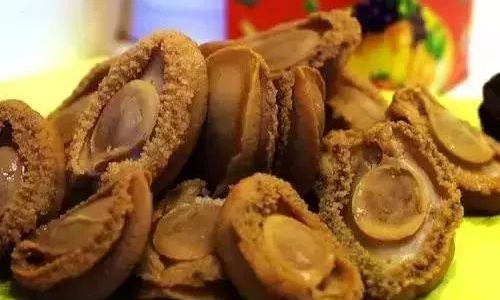
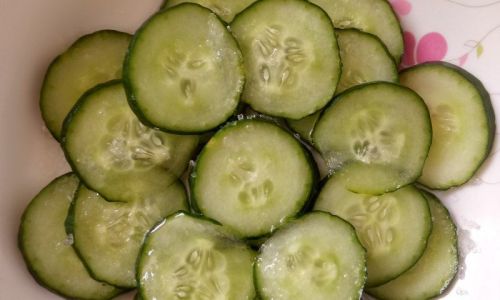
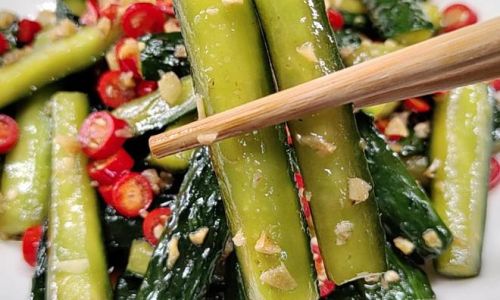
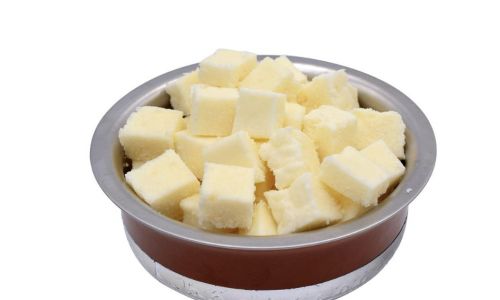
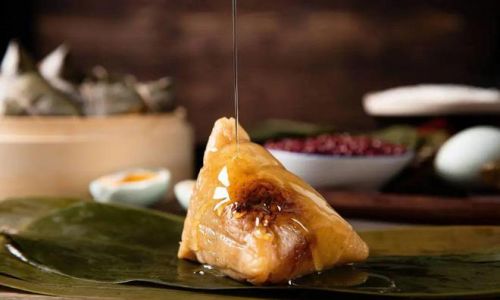

0 comments